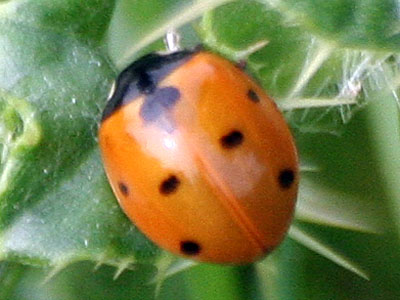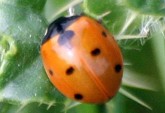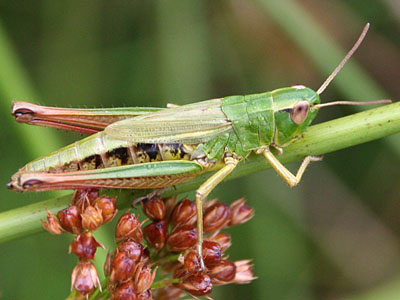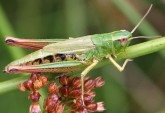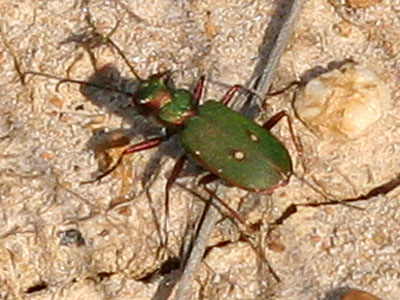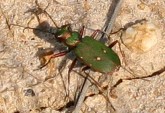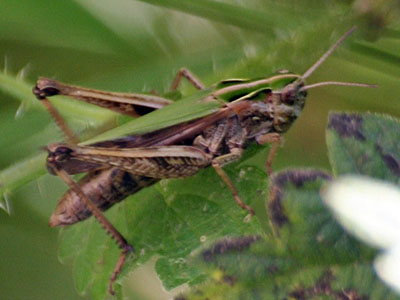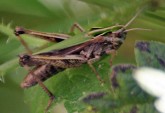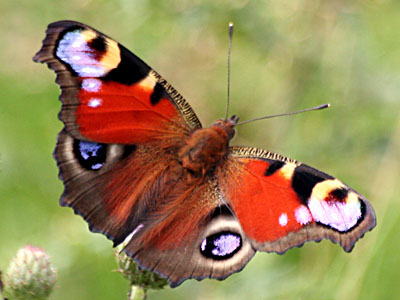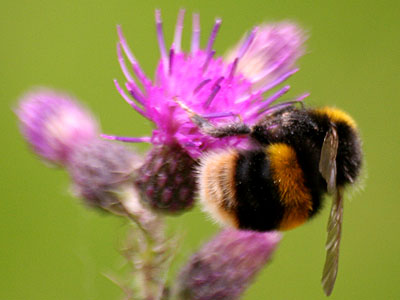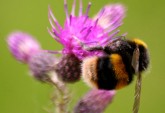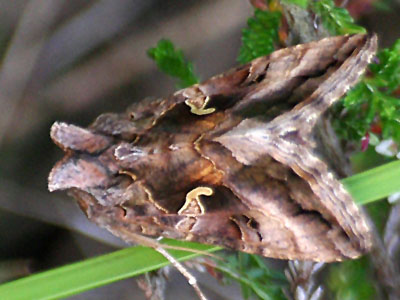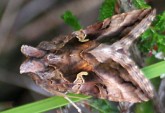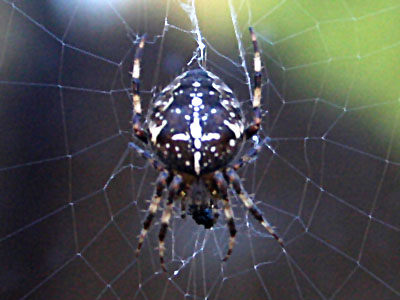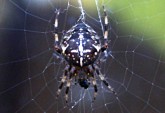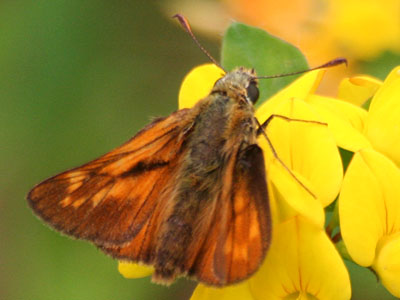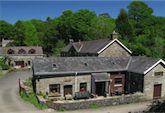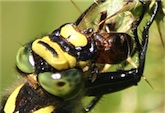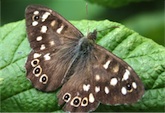Plas Farm is a great place to go insect spotting – butterflies, grasshoppers, beetles, moths – they all live in the countryside around the holiday cottages. All pictures taken at Plas Farm.
Insect Species at Plas Farm
An insect is described as an air breathing animal with a hard jointed exoskeleton, and, in the adult, a body divided into three parts; the head with one pair of antennae, the thorax which carries three pairs of legs and usually two pairs of wings, and the abdomen which contains the guts and reproductive organs.
Royal Entomological Society
The Royal Entomological Society was founded in 1833 as the Entomological Society of London. Many eminent scientists of the past, Darwin and Wallace to mention but two, have been Fellows of the Society. The Society welcomes applications for election from people who are actively involved in entomology either professionally or as amateurs. Their website has many useful insect related links.
IMPORTANT SAFETY WARNING
Some insects can sting. Care is therefore essential when spotting insects.
